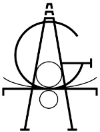It was our pleasure to present to the Freeholders of Hudson County a limited edition print by Martin Mazorra as a thank you for their support of the 2016 Braddock Park Art Festival!
Ice Cream Social at Guttenberg Arts next week!
Meet our Fall 2016 Residents!
Amie Cunat










My paintings and installations investigate parallels between abstraction and perception. What I mean by perception is the recognition of certain behaviors in objects/events that can formally manifest within abstraction. Embedded in my work are choices that expose, obscure, confine, and mediate the original source. In Clue, Cue, I had the chance to make an installation in the gallery’s windows. While I lived on Orchard Street between 2012-2015, these windows displayed shirts and shoes when it was a men’s clothing store. When conceiving of the installation, I wanted to reassert the functionality of a storefront window taking advantage of all three viewable sides. The resulting wall painting and objects were combined to construct a “reimagined” storefront window, where each side of the entryway installation shared similar zig-zag forms, but differed in their display.
The ways in which I choose subjects for my work varies, but what they all have in common is in their absurdity. When I look for observable events or moments, I have tendency to be drawn to the strangeness of something occurring. This may reflect a certain sense of humor that I wish to express in the works, but it's also because I desire to make evident the importance of the minute through abstract means. Relative to the way I find sources for my abstract paintings, when looking at my work, it is necessary to “stumble upon” and to see what’s “sticking-out”. I want viewers to discover formal and phenomenological idiosyncrasies and at the same time, to give into an experience of finding.
My process involves observing real objects/events then drawing them in my sketchbook. What began as an observation becomes a painterly image or object that is “of” the original experience. Color choice is a negotiation between its formal function as well as its buoyant and comedic tenor. It is important for me to maintain a sense of sarcasm or slang between color/composition within my work. It is within slang that I feel vocabulary reveals “cultural” specificity. The works’ visual experience is playful, but sparse in painterly mark-making. This is because I am interested in developing hand through drawing/cutting (contours developed from adjacent hues). I place significant importance on the interaction between fields of color; therefore, when you see these pieces, there is a simultaneous and holistic affect. In other words, I want figure and ground to achieve equal presence in a given surface.
Óscar Valero Sáez
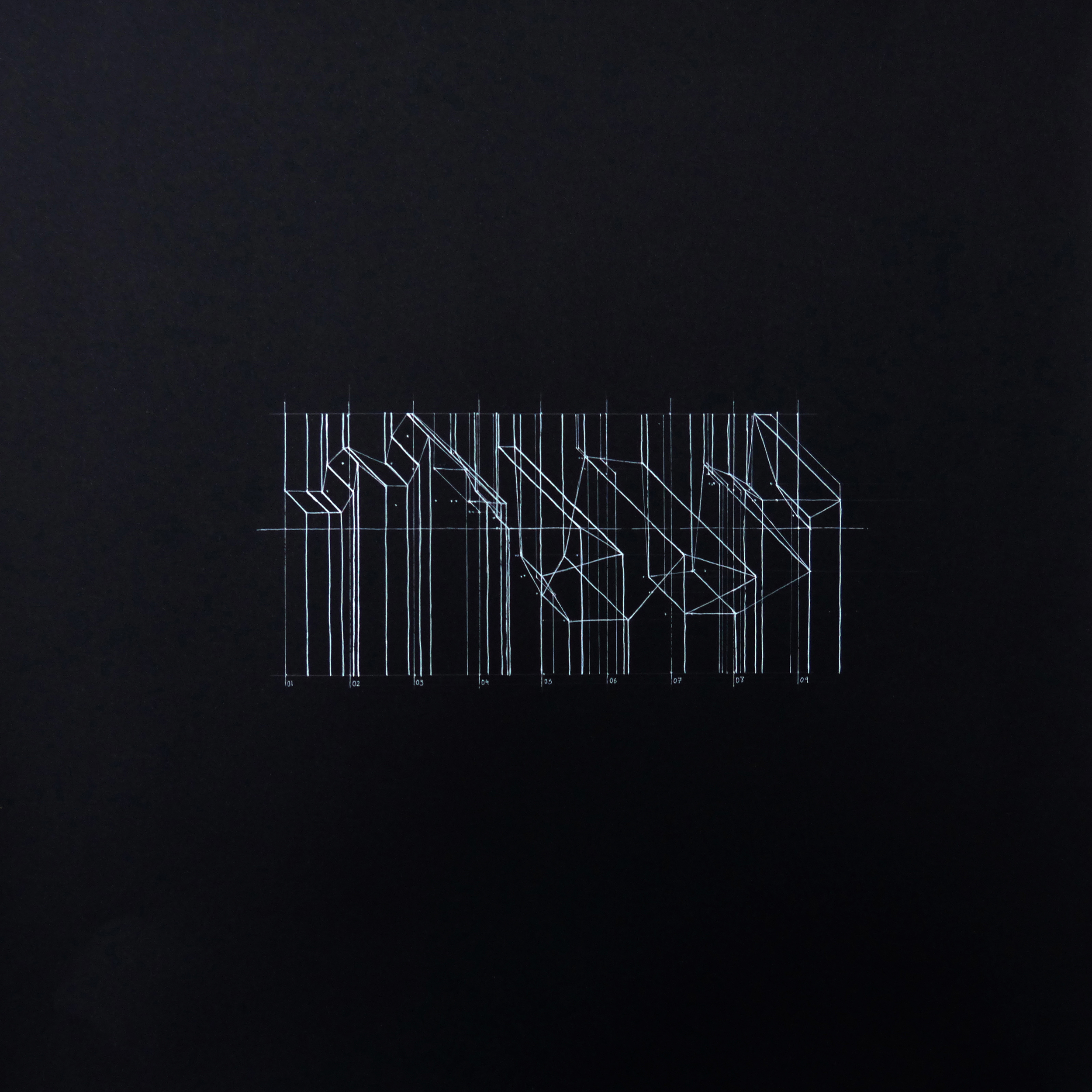
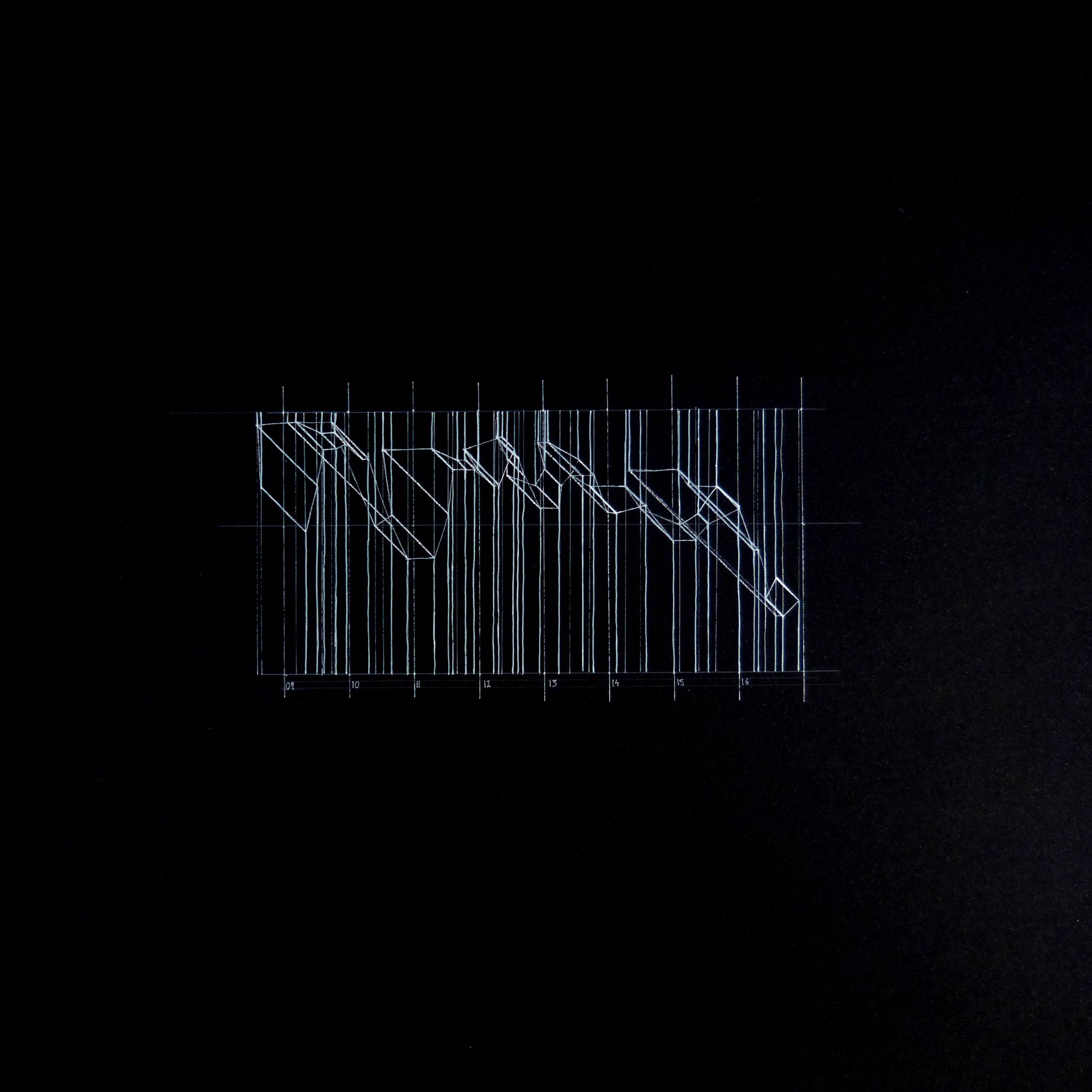
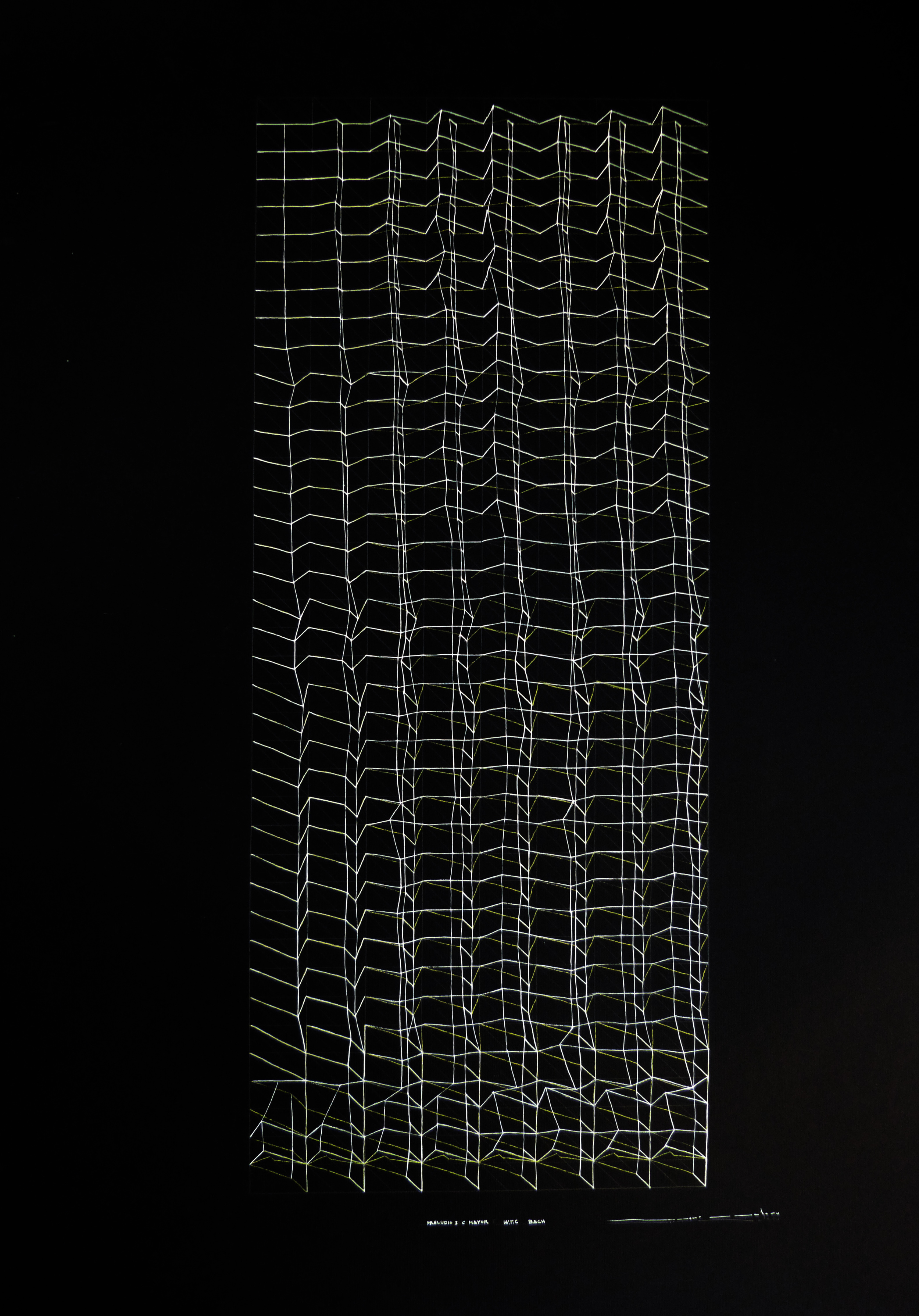
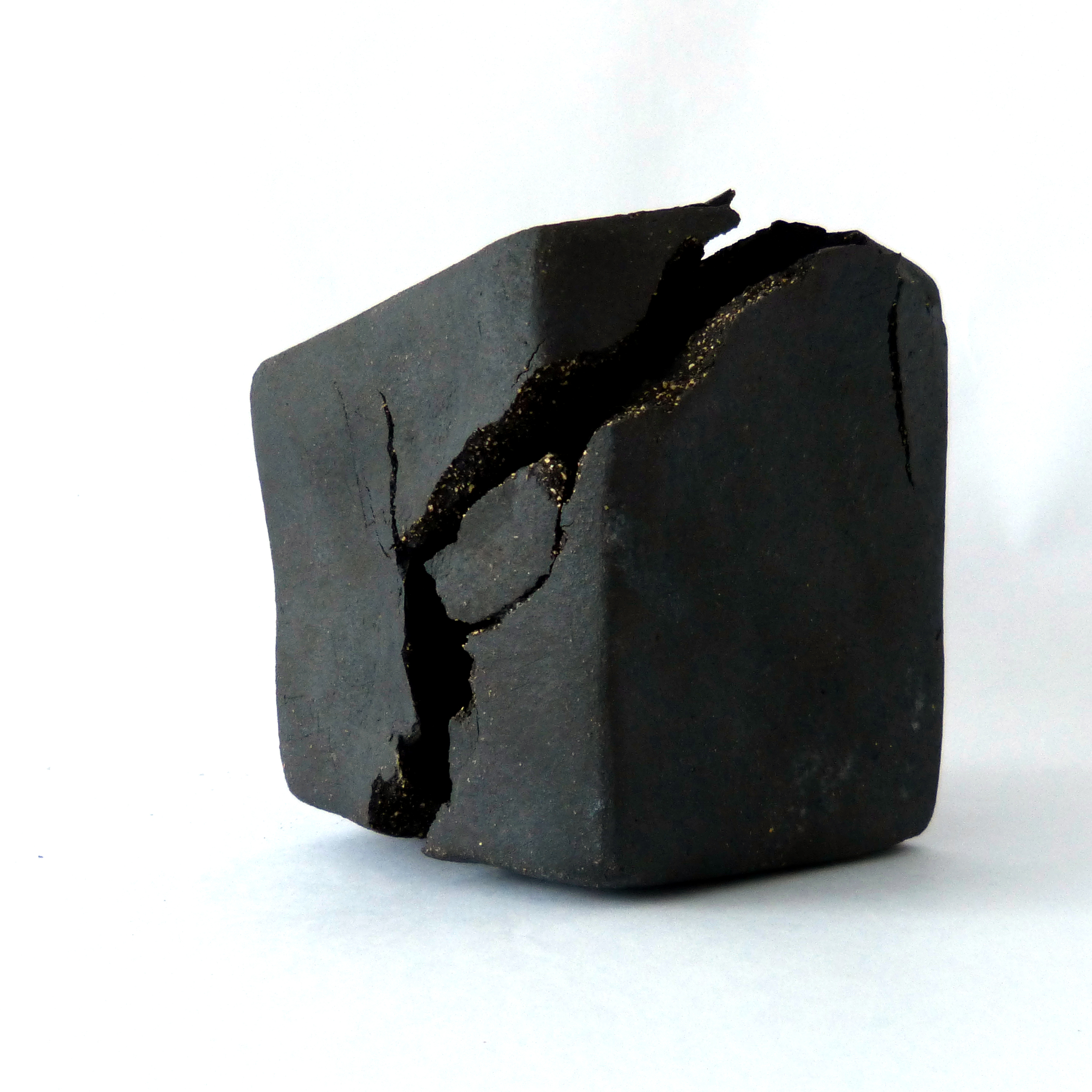

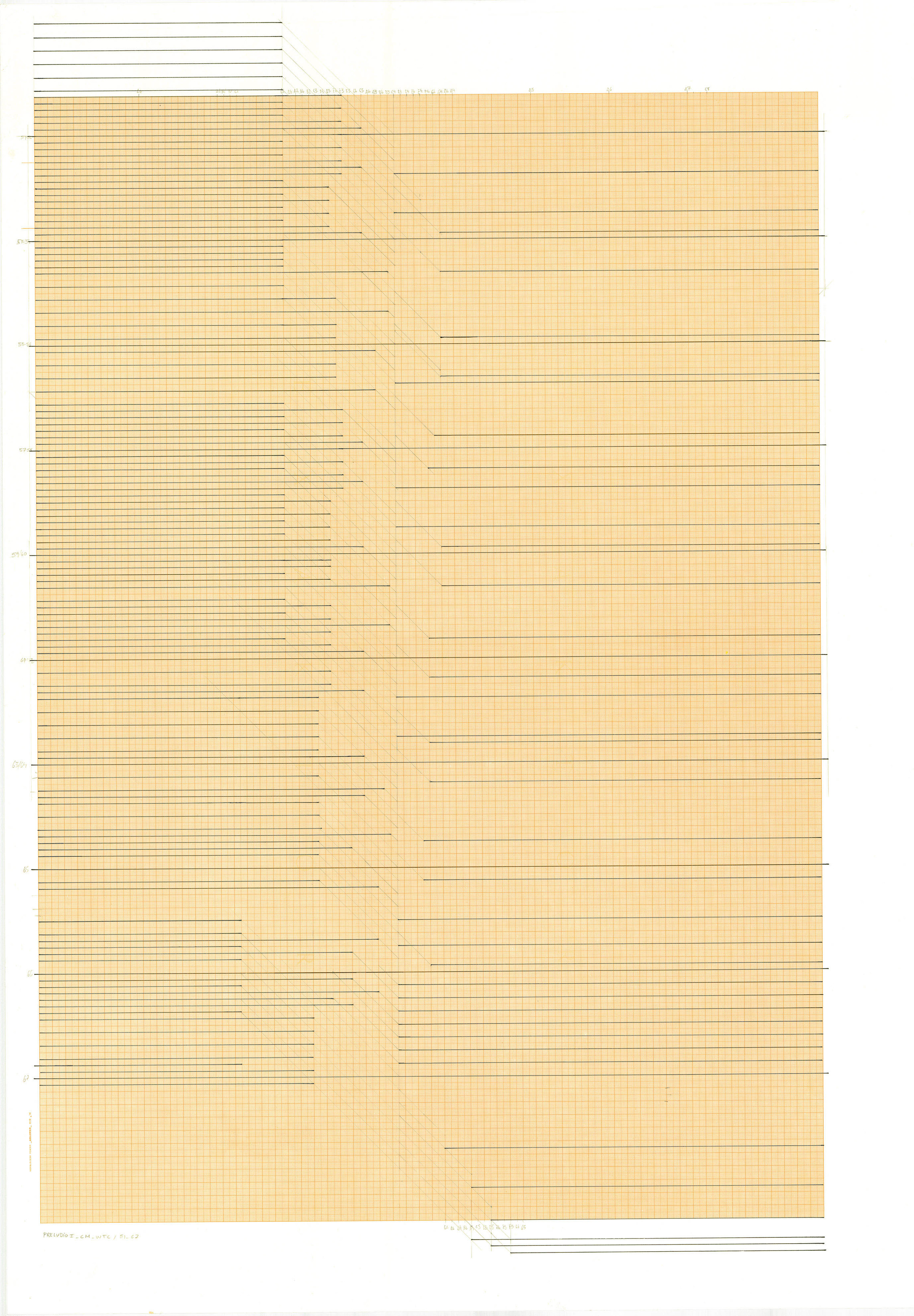
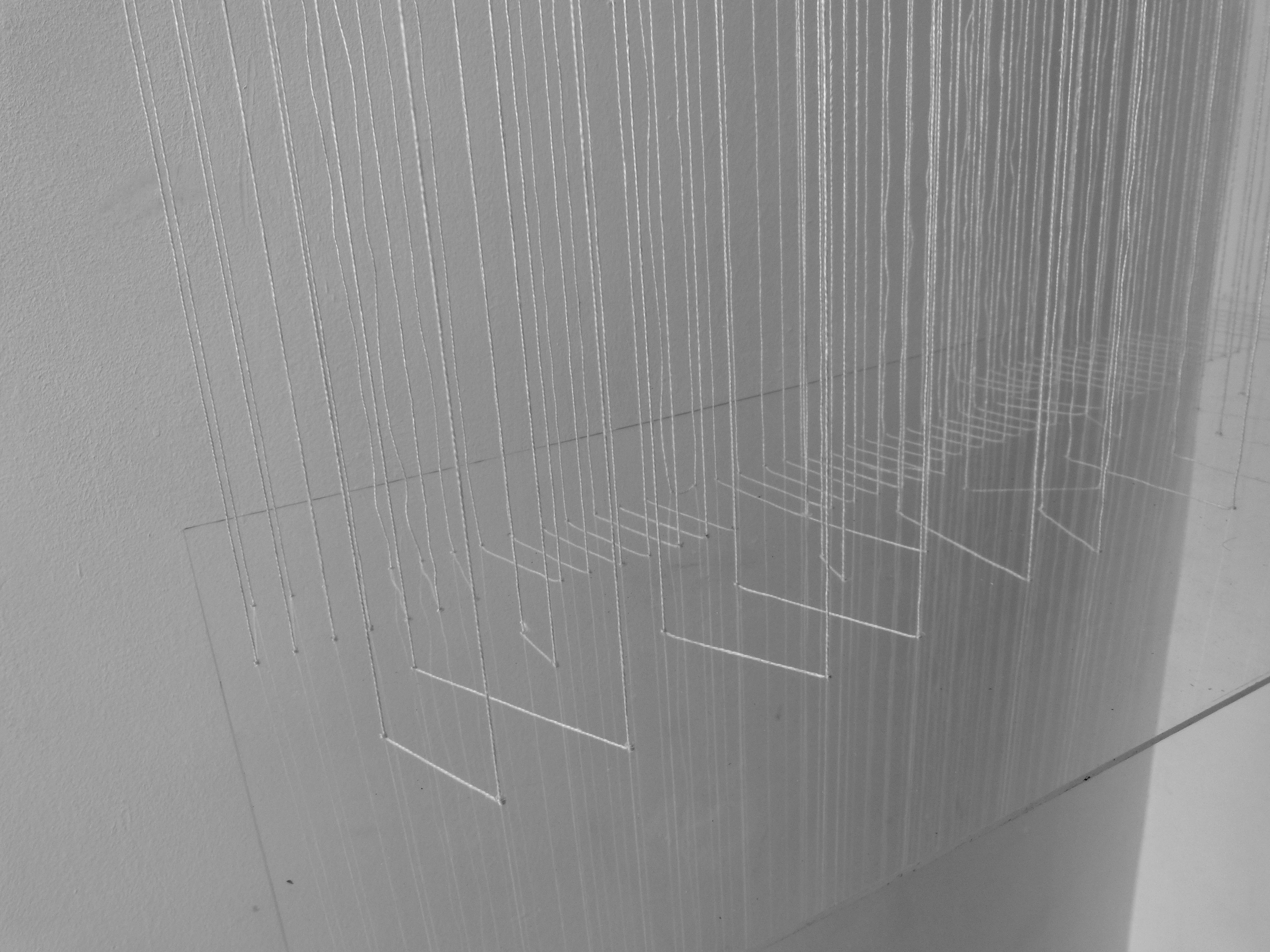
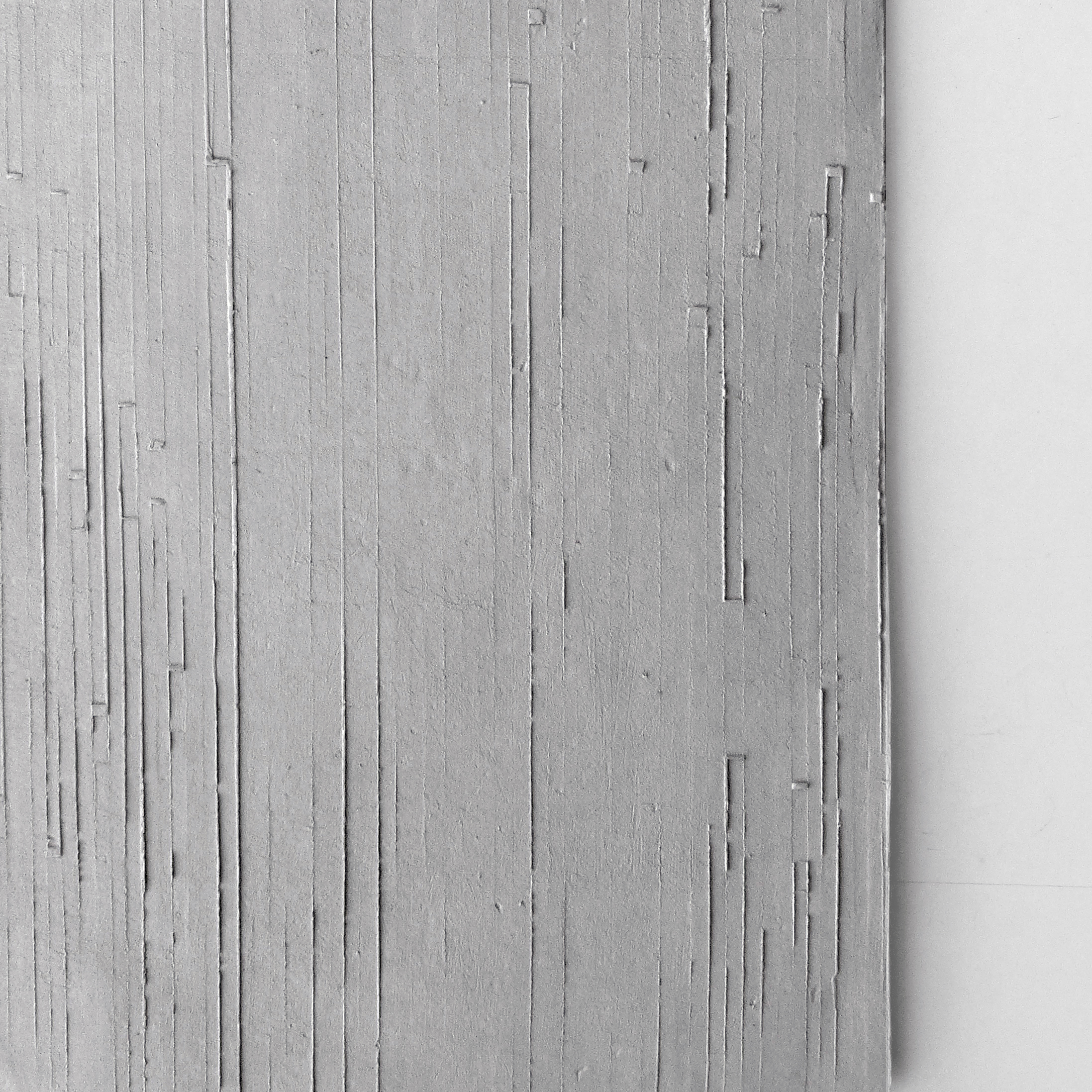
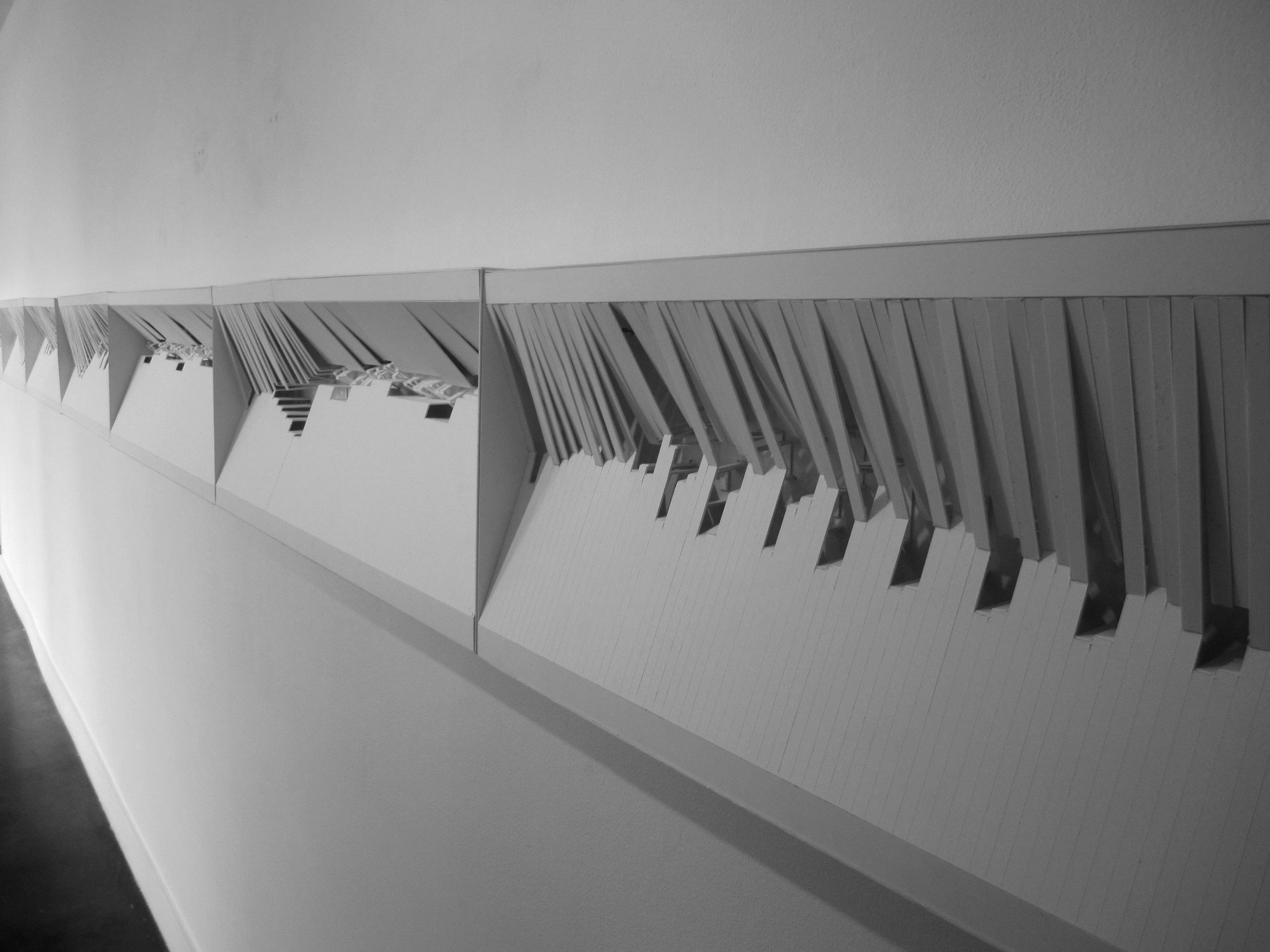

GRAPHIC TRANSPOSITION OF MUSICAL STRUCTURE
I propose to explore alphabets and musical compositions through a visual process.
I analyze them in a graphical way, introducing into the physical world.
Musical and Alphabets constructions are translated into the visual medium where the structure is revealed and occupies a space. My research aims to visualize the process from conception to realization of the structure.
My Current artistic practice explores the musical composition of JS Bach’s “Well tempered clavier” (1722) through a graphical process. I am interested in applying the classical conception of beauty to music —that beauty originates from structure—.
“Well Tempered Clavier” is a collection of preludes and fugues in all 24 major and minor keys. Based on structural rules, the collection can be seen as a tutorial in compositional theory. W.T.C. is a set of short compositions designed to show why specific combinations of notes are harmonic, while others make noise.
The investigation is based on different graphical and spatial variations of the same theme “The24 Preludes”. They are preparatory pieces for the fugues—to warm up the hands—sketches with a transitory character
The classical conception of beauty is as an arrangement of integral parts into a coherent whole, according to proportion, harmony. The Preludes also have this character. Taking a musical pattern, they play with it moving through the score and deforming it spatiality.
The research began with a focus on John Cage’s musical compositions and continues now with Bach. The link between Cage and Bach is that both approached composition in a structural way. They worked out their concepts, applied a structure, and then performed their compositions to find out how they sound. I understand my artistic work in a similar way—not as product or object but as an extended investigation in which the result is the process itself and the objects created are the consequences.
I would like to reveal the beauty of the Preludes through a graphical representation, and explore written music as an open structure where the Score is not approached as musical notation. but as form. Two dimensions of the music presented in the score are coded into a grid: pitch and time.
My work is arranged in series; Working drawings and other visible things:
Black ink on millimeter paper
White ink on black paper
Monochrome two and three dimension pieces using fragile mediums: paper, threads, ceramic.
Preparatory works for conceptualizing 3-dimensional installation
Exposing musical structure through a visual medium, makes conscious the space that music occupies. The Preludes are shown in a global way. They are suspended in time.
Rafael Corzo
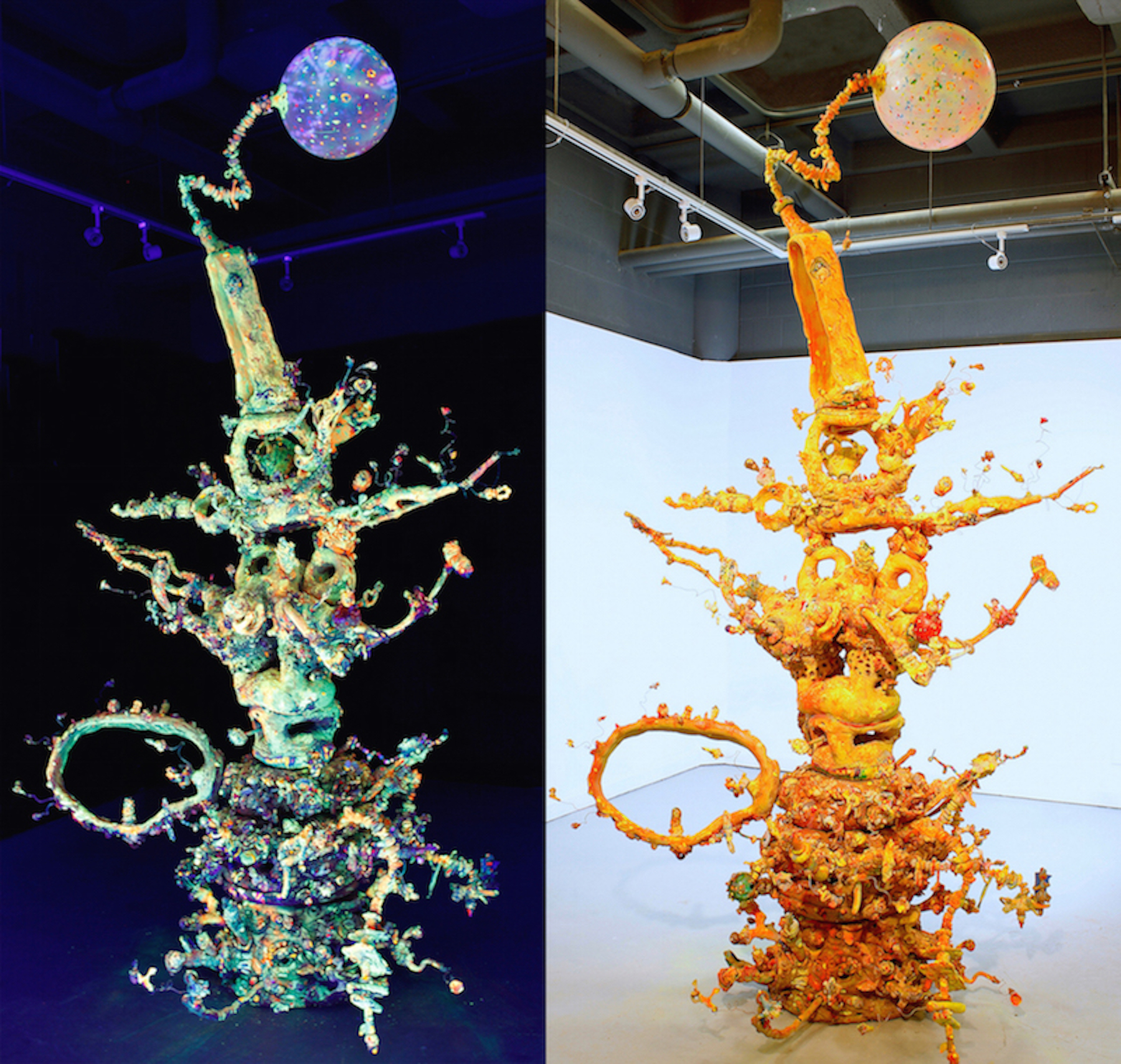


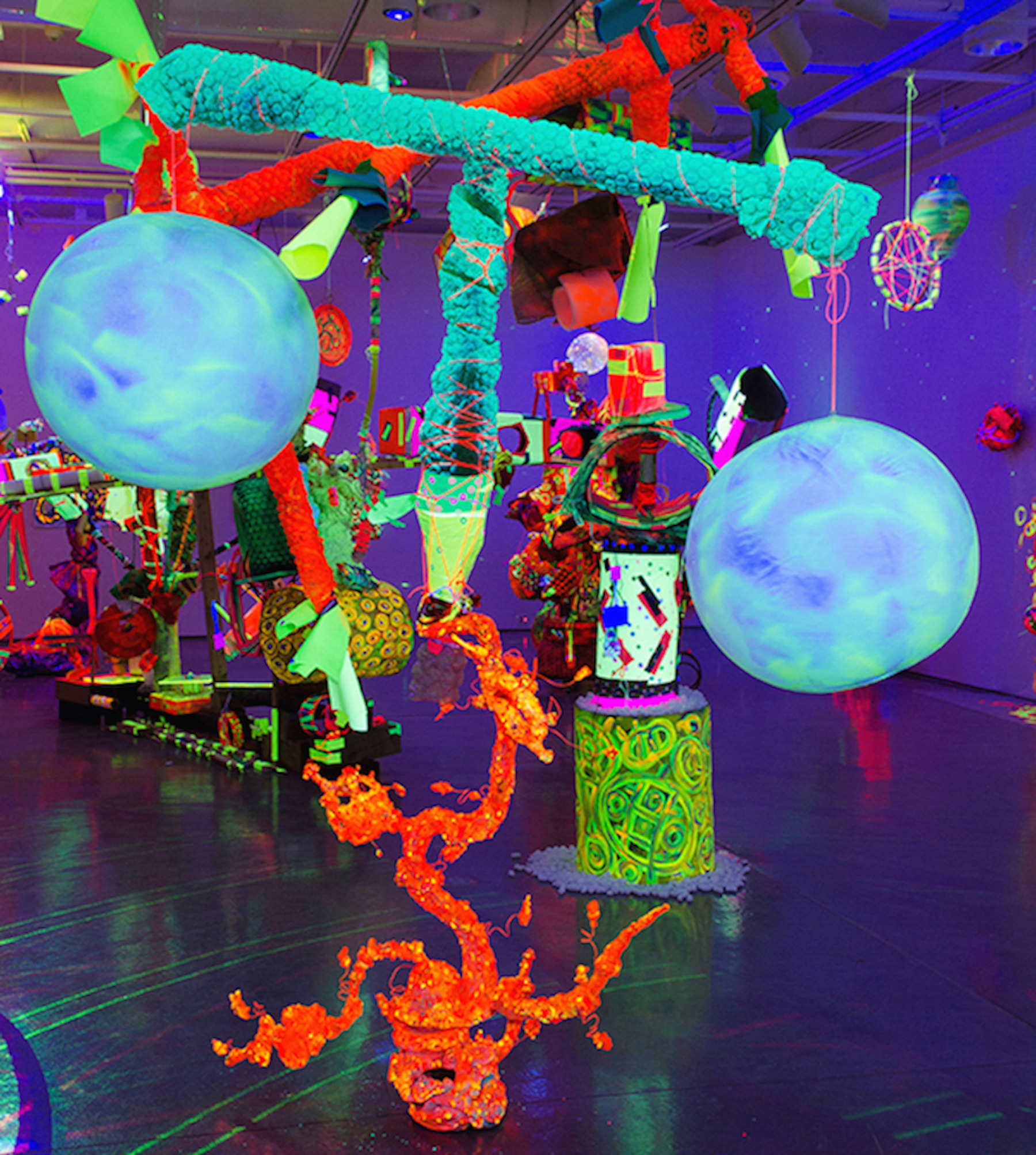
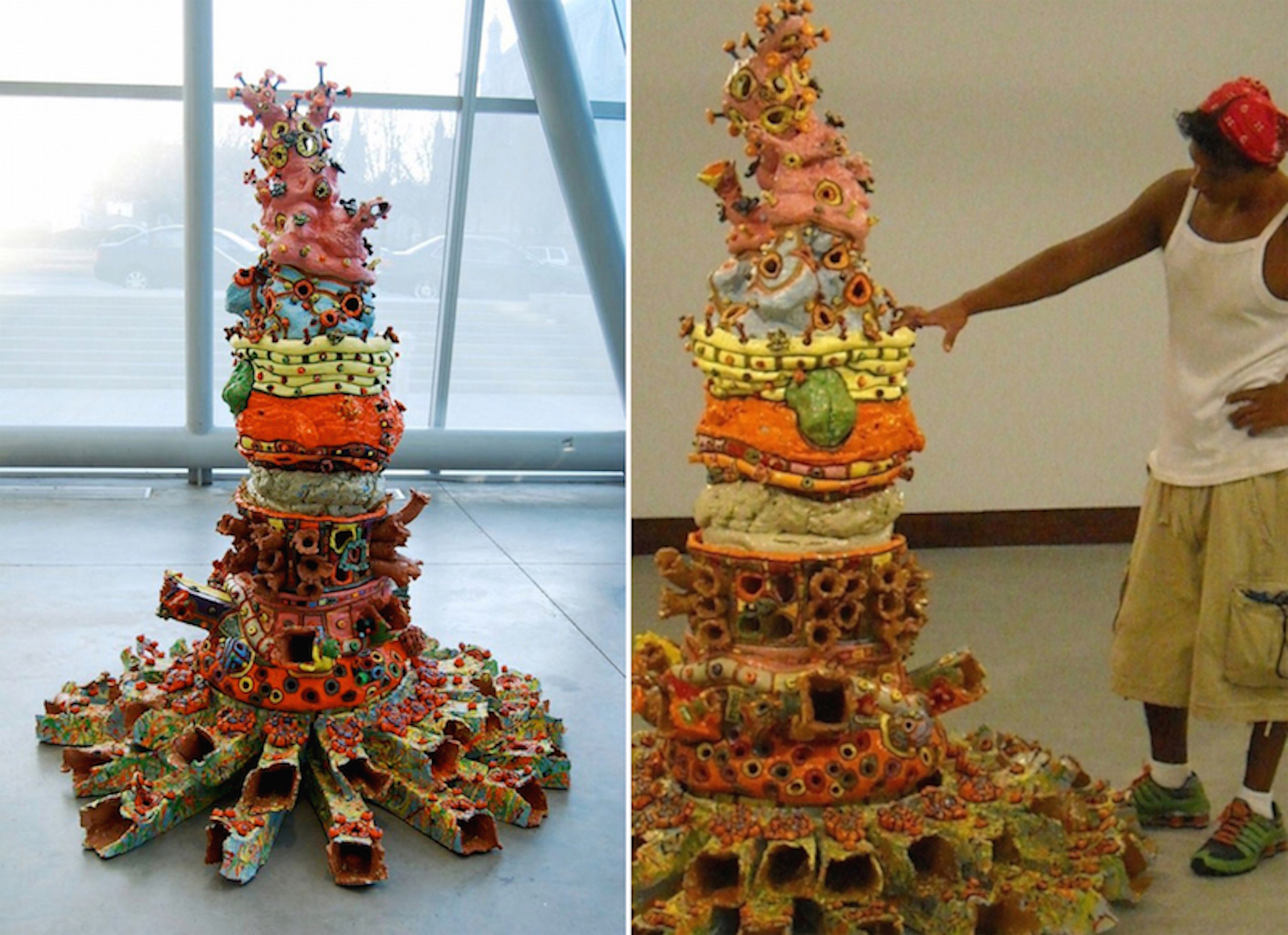
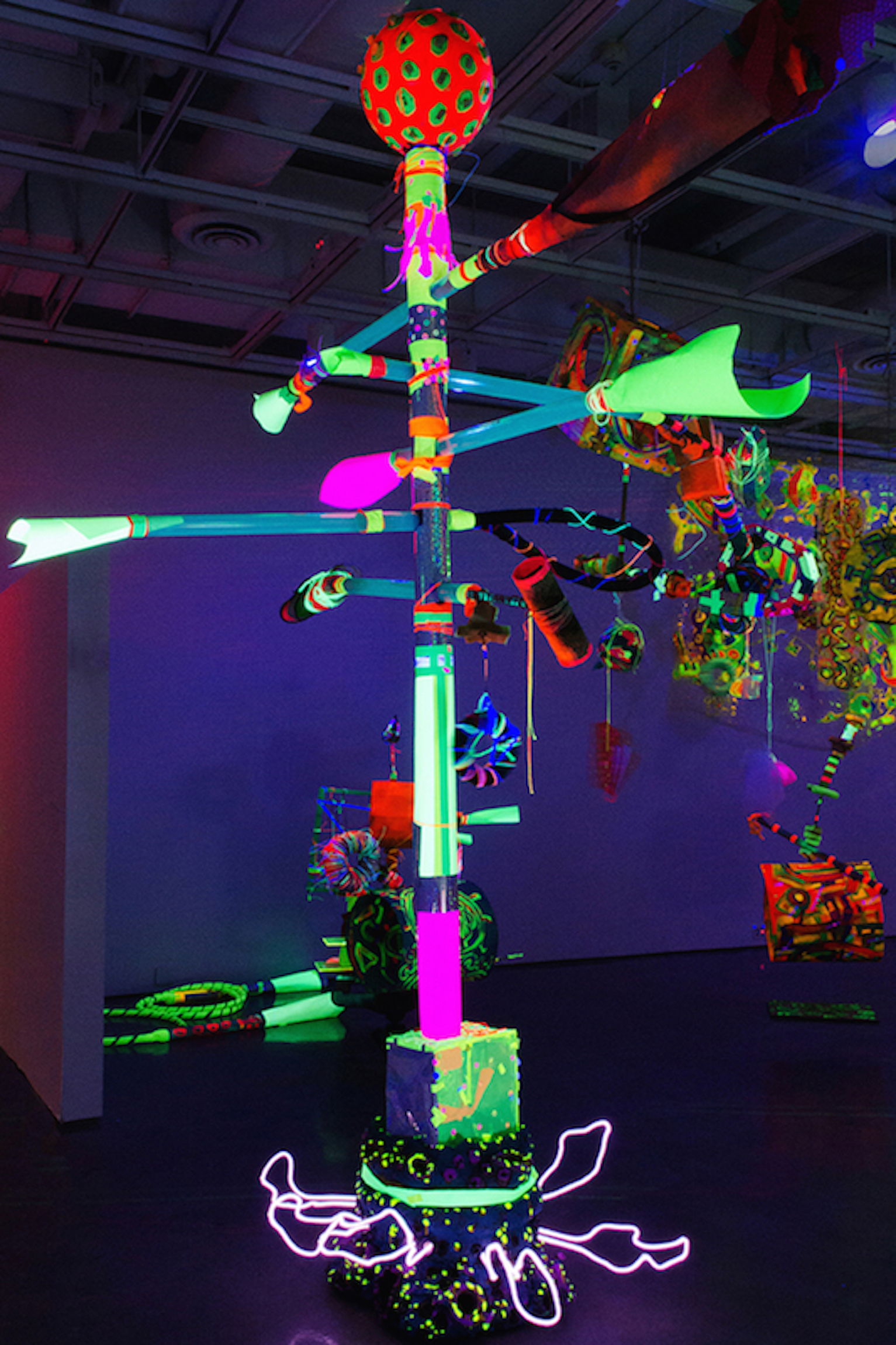
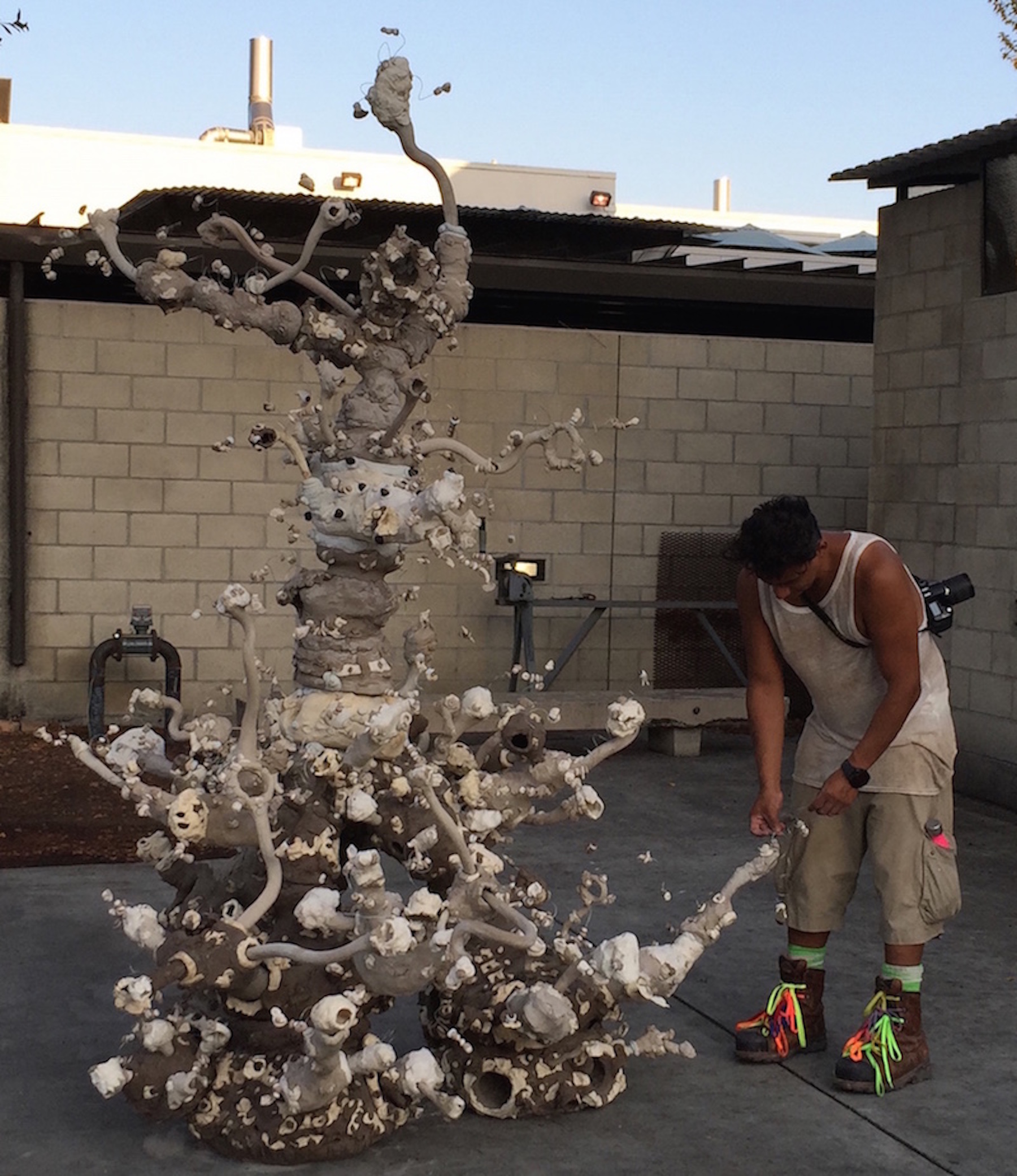
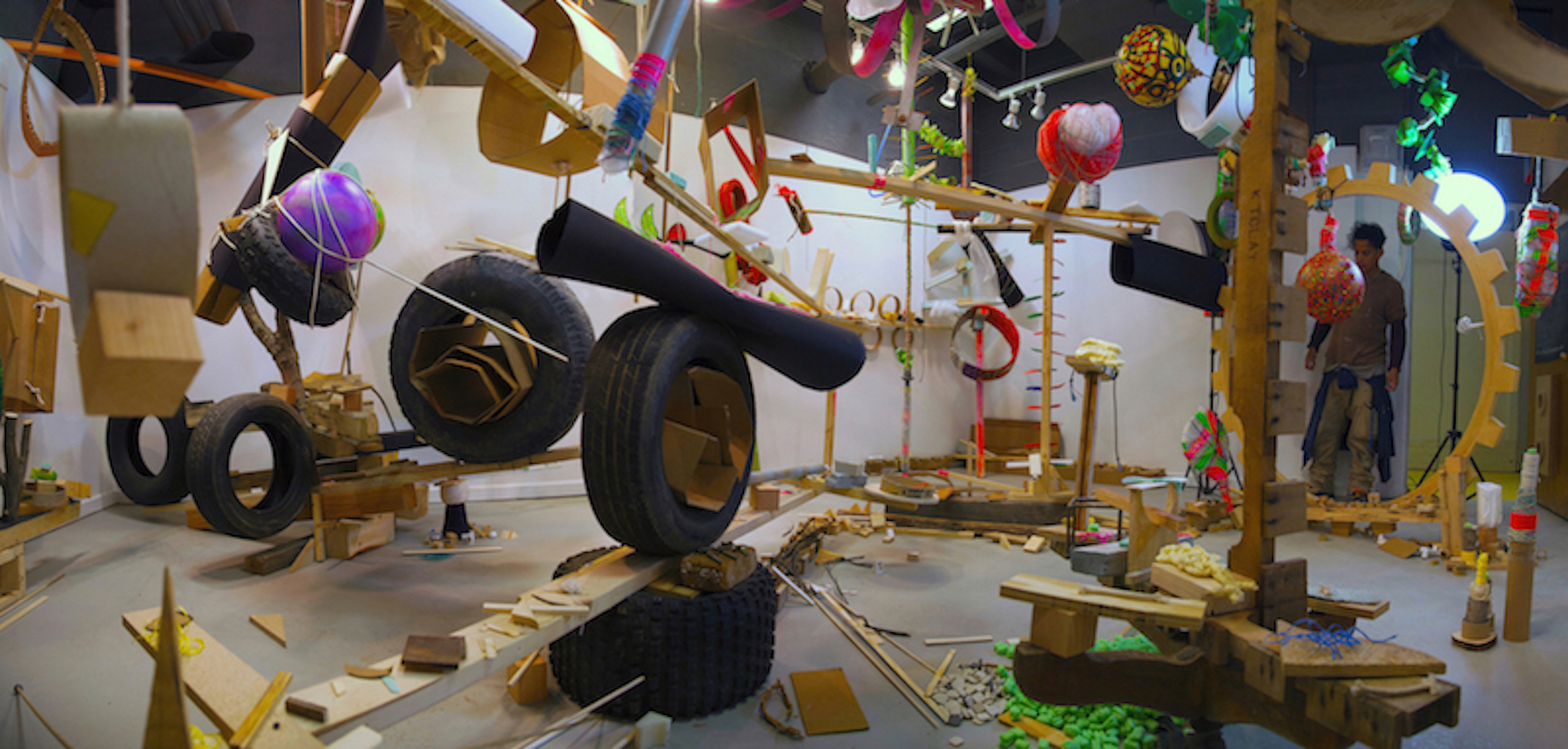
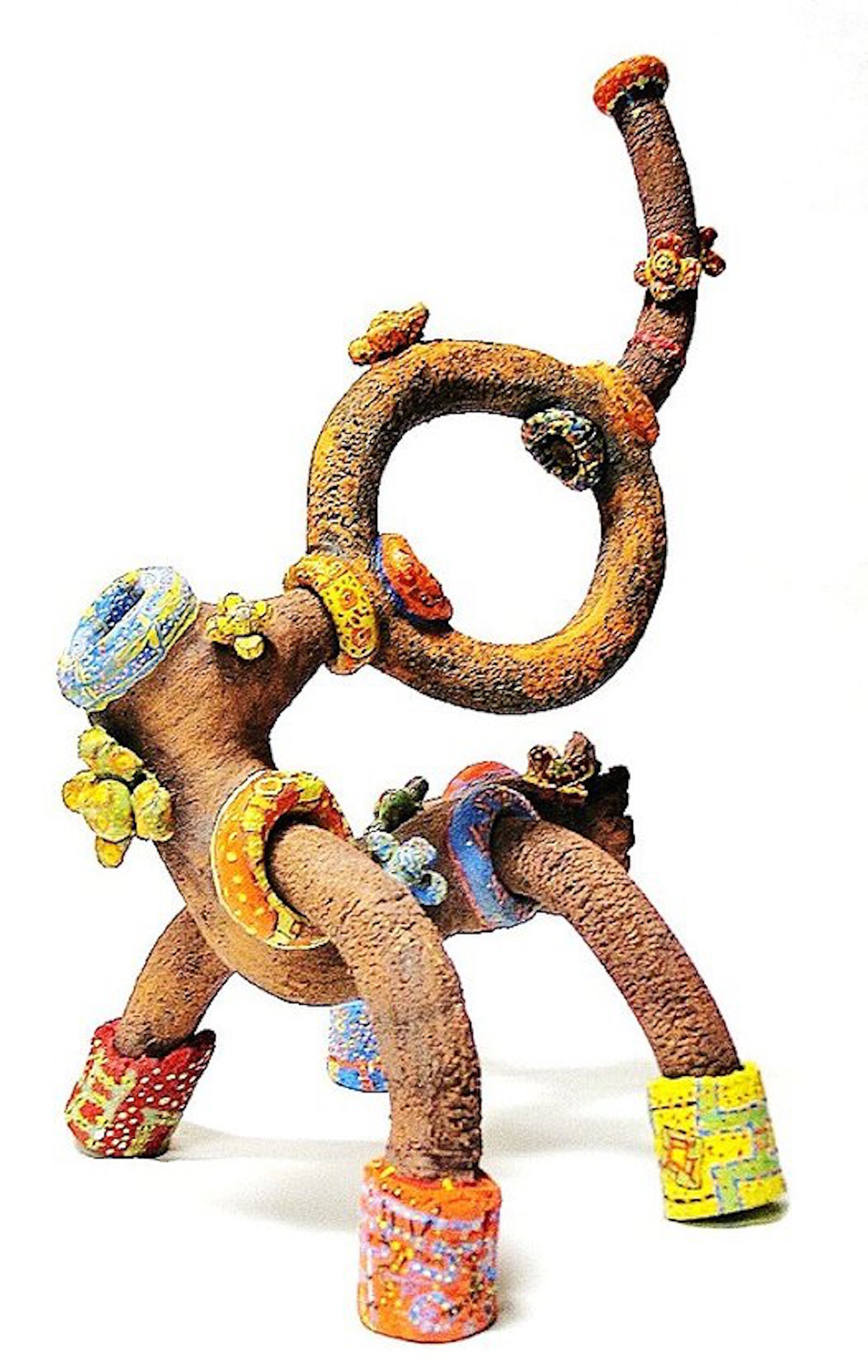
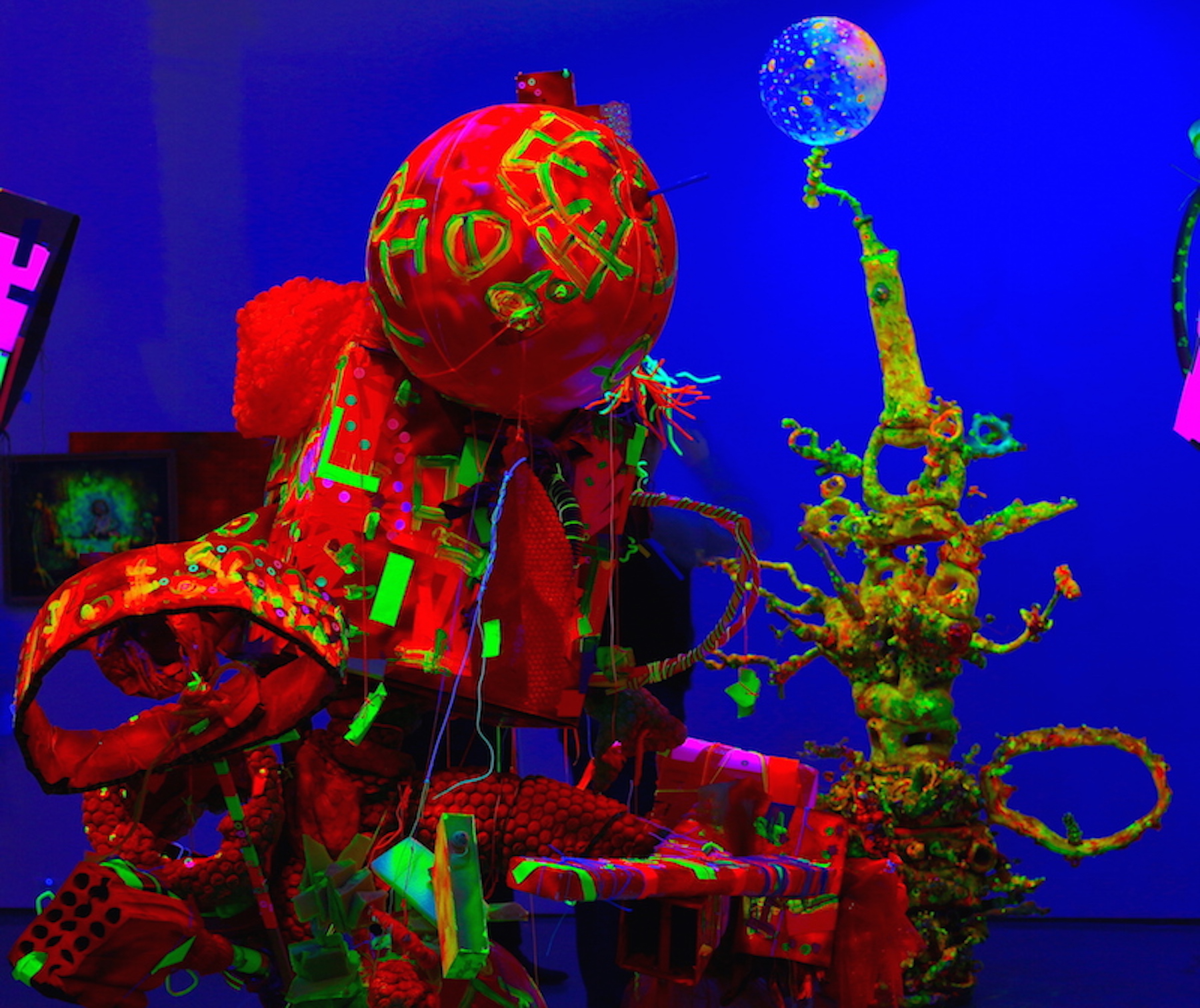
http://www.rafaelcorzo.com/
Clay is earth, earth is nature, and nature in my hands is art. Art is energy, an inherent force in my blood, the strength of my culture, relentlessly working with the desire to express, give, and share the adventure of creation. In consciousness and materiality where all possibilities already exist, clay is visceral audacity, innocent and savage in conception and evolution. There in every moment where you are, there will always be a place for continuity. Ceramics is a rational structure in a naughty skin. In an act of love, the grotesque is a sensibility anew, a synergy between the tumultuous and the well-behaved. Opened areas allow you to enter the intimate space where process and theory are captured and give birth to eclectic forms escaping gravity, expressing motion. Ceramics is aspiration and wild euphoria where harmony and rhythm can never have enough embellishments. And I am, seduced by density in ecstasy - a constellation of colors in a unifying palette celebrating life. In a constant state of creation and in a virtuous cycle, I dream of universality transcending ages. These are the genuine feelings and expansive energy vibrating inside the artist, a true essence. It is the frenzied pursuit of a vision, estoy aquí con fuerza. It is not a fantasy, I give myself with devotion looking for all beauty: compressed, unreal, ideal, ethereal. With this premise in the heart, and clarity in my mind, art will always be. Like birds looking for the stars on a journey so far the distance, I keep hope for and faith in a bright tomorrow: so in love with art, so in love with life, creating destiny.
MADE HERE Summer 2016
“MADE HERE Summer 2016” Austin Thomas, Taihwa Goh, Jeffery Meris
Guttenberg Arts Gallery is pleased to present “MADE HERE Summer 2016” a group exhibition of the current Artists in Residence; Austin Thomas, Tai Hwa Goh and Jeffery Meris. On view August 3, 2016 - September 6, 2016. The works included in MADE HERE were created during the artist’s residences this past summer. The title “MADE HERE” carries not only multiple definitions, but multiple conceptual meanings ranging from location to identity, the politics of materials and the historical nature of place. All of these new works deeply considered many of these issues and are only just the beginning points for deeper reflection.
Austin Thomas’ current work for MADE HERE focuses on a show of delicate prints, exploring patterns and the possibility of an idea. Pinned to the wall, her printslike her drawings, manifest Thomas’ continued dedication both to the stenciled form and to the independent life of paper. Here various types of stationery and other papers commingle with dots, rectangles, triangles, stripes and voids. Her carefully attenuated placement asks that we look at each piece on its own terms for what it is. Thomas suggests a subtler world, rich with nuance and precision, with enough room to insert our own narratives. This new print work is for aesthetic enjoyment and intellectual contemplation.
Throughout Tai Hwa Goh’s installations, the viewer will see the prolific use of traditional printmaking techniques. These have a unique luminosity through hand-waxing that carry through Goh’s images that are installed on various architectural elements. These images get obstructed and buried under layers of delicately waxed papers transmitting the echo of the image. The process of layering images intends to reflect the accumulation of memory and experiences, and thus represents impenetrability and vulnerability of human body, but, at the same time, recoverability and powerfulness of selfness. Through this exhibition, Goh becomes the extension of nature and nature becomes the extension of her body. Her images evolve from biological forms to landscape, describing the interaction between the inner and outer mass of human body. In the process of folding, cutting, flipping and overlapping printed materials, images are gradually transformed away from identifiable objects, taking on a naturalistic guise of their own, growing into space, posing questions about our accepted definition of printed works of art, as well as the idea of passage.
Jeffrey Meris’ continues his investigation and interest with economies of migration, real estate, bodies, space and identity. Through the use of constructed, found, ready-‐made and assembled objects, Meris alludes to a certain level of geopolitical permeability. This body of work is heavily shaped by Meris’ upbringing as a migrant from Haiti -‐living in the Bahamas-‐ where ‘they coming’ was more than often a derogatory slur to both indict the peasant like status of Haitian migrants and also reinforce the sub‐humanness of that community. ‘They’ assumes an ambiguous identity fluxing between the luxury tourist, the alien or the immigration officer. Coming from where? Going to where?
Exhibition: August 3, 2016 - September 6, 2016.; Opening Reception August 3, 7-9pm.
For more information please contact studio@guttenbergarts.org or 201-868-8585.
Guttenberg Art Gallery is free and open to the public by appointment. www.guttenbergarts.org
Thank you to our Fall 2016 Jurors
Martin Mazorra
Martin Mazorra is a Brooklyn based printmaker, working in the medium of woodcut and letterpress with imagery that combines humor and personal narrative. He is the founder of Cannonball Press, which has published affordable black and white prints since 1999.
Mary Birmingham
Mary Birmingham is Curator at the Visual Arts Center of New Jersey, where she has directed an ambitious program of contemporary art exhibitions since 2010. She began her career at the Whitney Museum, and for nine years was a member of the curatorial department of the Montclair Art Museum. From 2007 -2010, she was Director of Exhibitions at the Hunterdon Art Museum in Clinton, NJ. Birmingham received an MA in Art History from Hunter College, with a concentration in American Modernism. She has organized numerous exhibitions, and has written and lectured on a variety of topics in American and contemporary art. She is the author of Dynamic Impulse: The Drawings of Stuart Davis (2007) and co-author of Montclair Art Museum: Selected Works (2002).
Since 2010 Mary Birmingham has been Curator at the Visual Arts Center of New Jersey, where she directs an ambitious program of contemporary art exhibitions. She has previously worked at the Whitney Museum, the Montclair Art Museum, and the Hunterdon Art Museum. She has an MA in Art History from Hunter College, with a concentration in American Modernism. She has organized numerous exhibitions, and has written and lectured on a variety of topics in American and contemporary art.
Joe Burrascano
Have fun. Do great work. Make people smile.
Joe Burrascano is the founder and Executive Creative Director of Nathan Love in New York City. Since forming the studio in 2007, he has grown the company to be one of the premier commercial animation studios in the world, producing hundreds of projects for some of the world’s largest and most respected brands. Clients include but are not limited to Kellogg’s, Kraft, McGraw-Hill Education, McDonald's, Merc, NBC-Universal and Nickelodeon Studios.
With an emphasis on story and creating authentic, memorable characters, Burrascano’s personal pursuits expand beyond the studio and into the classroom. An active alumni at the School of Visual Arts in NYC, Joe serves on the Alumni Society board and is a faculty member in the Computer Art Department. There, he stresses the importance of story development and teaches young filmmakers the tools to produce their own films. He has also hosted workshops for multiple schools and organizations throughout manhattan, and the rest of the country.
They Coming
Guttenberg Arts Gallery is pleased to present “They Coming”, a solo exhibition of works by Jeffery Meris, currently an Artist in Residence, on view July 10 through August 1, 2016. Opening reception on Sunday, July 10th at 7pm.
The sponge is porous, walls permeable. They Coming is the product of Jeffrey Meris’ continued investigation and interest with economies of migration, real estate, bodies, space and identity. Through the use of constructed, found, ready-‐made and assembled objects, Meris alludes to a certain level of geopolitical permeability. They Coming is heavily shaped by Meris’ upbringing as a migrant from Haiti -‐living in the Bahamas-‐ where ‘they coming’ was more than often a derogatory slur to both indict the peasant like status of Haitian migrants and also reinforce the sub‐humanness of that community. ‘They’ assumes an ambiguous identity fluxing between the luxury tourist, the alien or the immigration officer. Coming from where? Going to where?
Jeffery Meris earned his BFA in Sculpture at the Tyler School of Art. Meris has exhibited work at Hilger BrotKunsthalle in Vienna, Austria; D’Agulair Art Foundation in Nassau, Bahamas and the Stella Elkins Gallery in Philadelphia, PA to name a few. Meris has also been a recipient of the J Arthur Khuen Kyrk Award and the Sculpture Project Award among others. His work can be found in the Dawn Davies Collection, the Diagulair Art Foundation and the Central Bank of the Bahamas Collection.
New Prints: Austin Thomas
Guttenberg Arts Gallery is pleased to present “New Prints”, a solo exhibition of works by Austin Thomas, currently an Artist in Residence, on view June 6 through July 3, 2016.
Thomas’s current work for “New Prints” focuses on a show of delicate prints, exploring patterns and the possibility of an idea. Nearly all of them created while in residence at Guttenberg Arts. Pinned to the wall, her prints like her drawings, manifest Thomas’ continued dedication both to the stenciled form and to the independent life of paper. Here various types of stationery and other papers commingle with dots, rectangles, triangles, stripes and voids. Her carefully attenuated placement asks that we look at each piece on its own terms for what it is. Thomas suggests a subtler world, rich with nuance and precision, with enough room to insert our own narratives. This new print work is for aesthetic enjoyment and intellectual contemplation.
Austin Thomas is an artist, curator and community builder. Her work has been exhibited at The Drawing Center, Murray Guy, The Sculpture Center, Art in General and at White columns and internationally in Singapore, Australia, and Hungary and at the Kunsthalle Exnergasse in Vienna. From 2007 to 2014, she directed the influential Pocket Utopia gallery.She is a graduate of NYU and is represented by Undercurrent Projects located in the East Village. In the Summer of 2016 her permanent public sculpture for a new park in Brooklyn will be unveiled. She has also done public commissions for the Public Art Fund and Grinnell College. Thomas's work is featured in the book titled "Living and Sustaining a Creative Life: Essays by 40 Working Artists” edited by Sharon Louden.
Women in Print: Latin America Panel
Lulled Land
Guttenberg Arts Gallery is pleased to present “Lulled Land ”, a solo exhibition of works by Tai Hwa Goh, currently an Artist in Residence, on view May 6 through June 3, 2016.
Throughout Tai Hwa Goh’s installations, the viewer will see the prolific use of traditional printmaking techniques. These have a unique luminosity through hand-waxing that carry through Goh’s images that are installed on various architectural elements. These images get obstructed and buried under layers of delicately waxed papers transmitting the echo of the image. The process of layering images intends to reflect the accumulation of memory and experiences, and thus represents impenetrability and vulnerability of human body, but, at the same time, recoverability and powerfulness of selfness. Through this exhibition, Goh becomes the extension of nature and nature becomes the extension of her body. Her images evolve from biological forms to landscape, describing the interaction between the inner and outer mass of human body. In the process of folding, cutting, flipping and overlapping printed materials, images are gradually transformed away from identifiable objects, taking on a naturalistic guise of their own, growing into space, posing questions about our accepted definition of printed works of art, as well as the idea of passage.
Goh earned a BFA and MFA from Seoul National University, and an MFA from the University of Maryland. She has had solo exhibitions at the Sunroom Project Space, Wave Hill, Bronx, NY, William Paterson University, Wayne, NJ; Gallery Aferro, Newark, NJ; Gallery at Flashpoint, Washington, DC; and the Arlington Arts Center, Arlington, VA, to name a few. ; She has also shown major installations at Snug Harbor Cultural Center, Staten Island, NY; A.I.R. Gallery, Brooklyn, NY; Carriage House, Islip Museum, East Islip, NY; and International Print Center New York. She has participated in residencies at Lower East Side Printshop, New York, NY; the NARS Foundation, Brooklyn, NY; Emerge 11 at Aljira Center for Contemporary Art, Newark, NJ; and Evergreen Museum and Library Residency at Johns Hopkins University, Baltimore, MD, among others.
Made Here: Winter 2016
“MADE HERE Winter 2016” Chris Bors, Seung-Jong Isaac Lee, Joiri Minaya and Sarah Nicholls.
Guttenberg Arts Gallery is pleased to present “MADE HERE Winter 2016” a group exhibition of the current Artists in Residence; Chris Bors, Seung-Jong Isaac Lee, Joiri Minaya and Sarah Nicholls. On view April 8 - May 1, 2016. The works included in MADE HERE were created during the artist’s residences this past summer. The title “MADE HERE” carries not only multiple definitions, but multiple conceptual meanings ranging from location to identity, the politics of materials and the historical nature of place. All of these new works deeply considered many of these issues and are only just the beginning points for deeper reflection.\
Seung-Jong Isaac Lee’s newest lithographic prints and rubbings deeply consider ideas of living life in New York City as a foreigner and immigrant. As Lee tries to resolve these issues in his daily life, he choose the ‘manhole’ as a metaphor for his journey. Manholes are seen as an escape route or connection to a new world; the manhole cover as a gate. Thus, Lee creates inter-dimensional portals in his lithographs using the image of the manhole as a symbolic gateway between cultures, nations, and identities. Manhole covers are a reflection of a town’s civic pride, as they are produced by foundries and local authorities. They are also the doors which guide his work to an unknown and underground path, that imply that hardships and storms of life are prerequisites to the new world of escape or freedom.
Chris Bors new paintings use appropriated graphics and imagery from a variety of sources. He has created bold poster-like paintings and prints, sometimes with hand painted elements. Mickey Isis, 2016, features a crudely-rendered Mickey Mouse giving the middle finger, while a large QR code leading to a Google image search of terrorist group Isis floats on the raw canvas. In A.C. (#1), 2016, the sexually-suggestive logo of grindcore band A.C. merges with an abstract painted background of quick brushstrokes and drips. Influenced by underground comics, punk and metal music, fanzines and graphic design, Bors’s work is a post-pop amalgamation of politics, cultural references and appropriated and drawn visuals. Bors coined the term "virtual dumpster diving" to describe the practice of taking images and videos from the web.
Joiri Minaya work has a direct focus on otherness, self-consciousness and displacement is inspired not only by women in her family, but issues of labor, dislocation, psychology, myth, art history, magic realism and symbols. These new works come from images collected through Google searches of terms like "tropical hair braider", "caribbean hair braider" and "beach braids". She is drawing attention to a recurring way of framing snapshots in these situations and had created compositions that are only interested in the subject whose hair is being braided, reducing the presence of the braider to their hands. By isolating the essential parts of this action by drawing only the hair and the hands a kind of reversal takes place in the portrait, where the main focus, the face, is refused, bringing the attention back to the laboring hands and their intricate and detailed product.
Sarah Nicholls is a visual artist who makes pictures with language, books with pictures, prints with type, and animations with words. She often uses found language and metal type, combining image, visual narrative, and time. For this exhibition, Sarah Nicholls developed woodcuts for a new limited edition book project. Glasshouse is concerned with greenhouses, botanical texts, and the global reshuffling of tropical species. How do we build structures to contain trees meant to grow elsewhere? What is it like to sail off the edge of what you know? What did economic botany mean in a world before chemical plants and the pharmaceutical industry? What is the relationship between science and empire?
Exhibition: April 8 - May 1, 2016; Opening Reception on April 8, 7-9pm. For more information please contact studio@guttenbergarts.org or 201-868-8585. Guttenberg Art Gallery is free and open to the public by appointment. www.guttenbergarts.org
